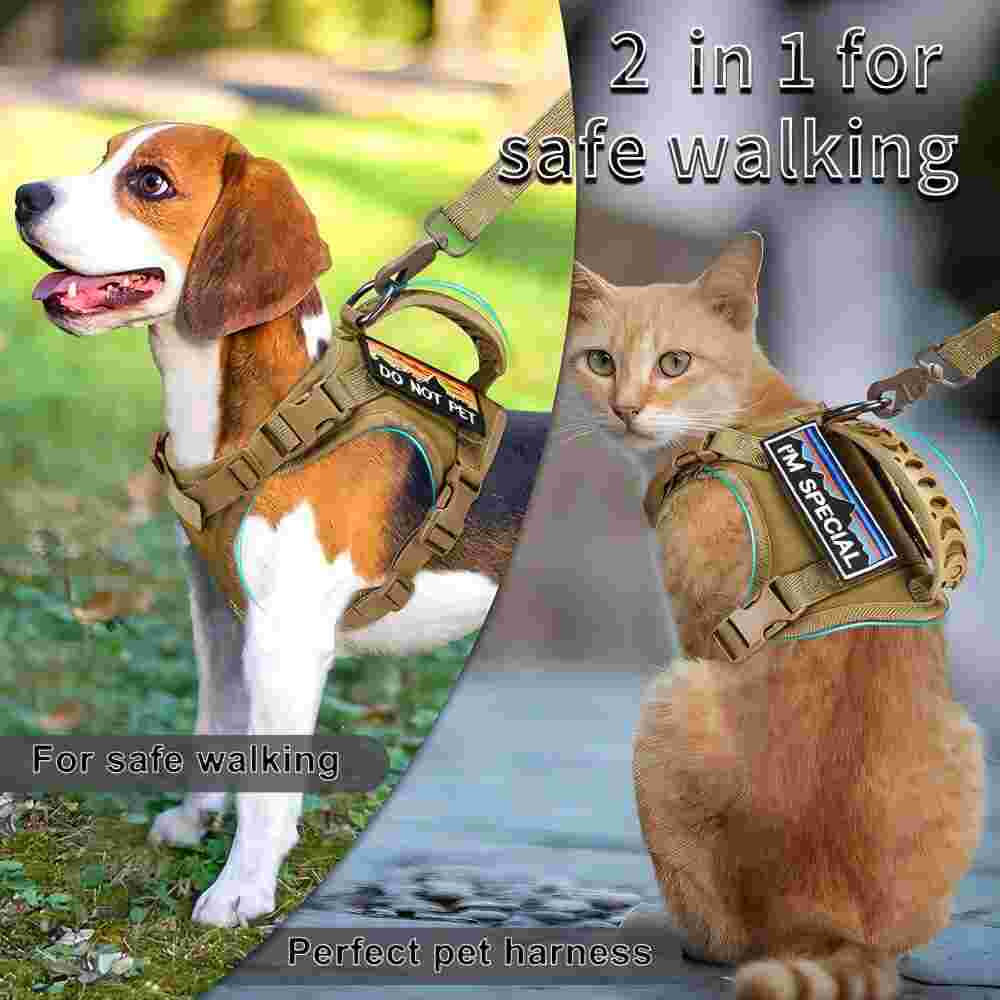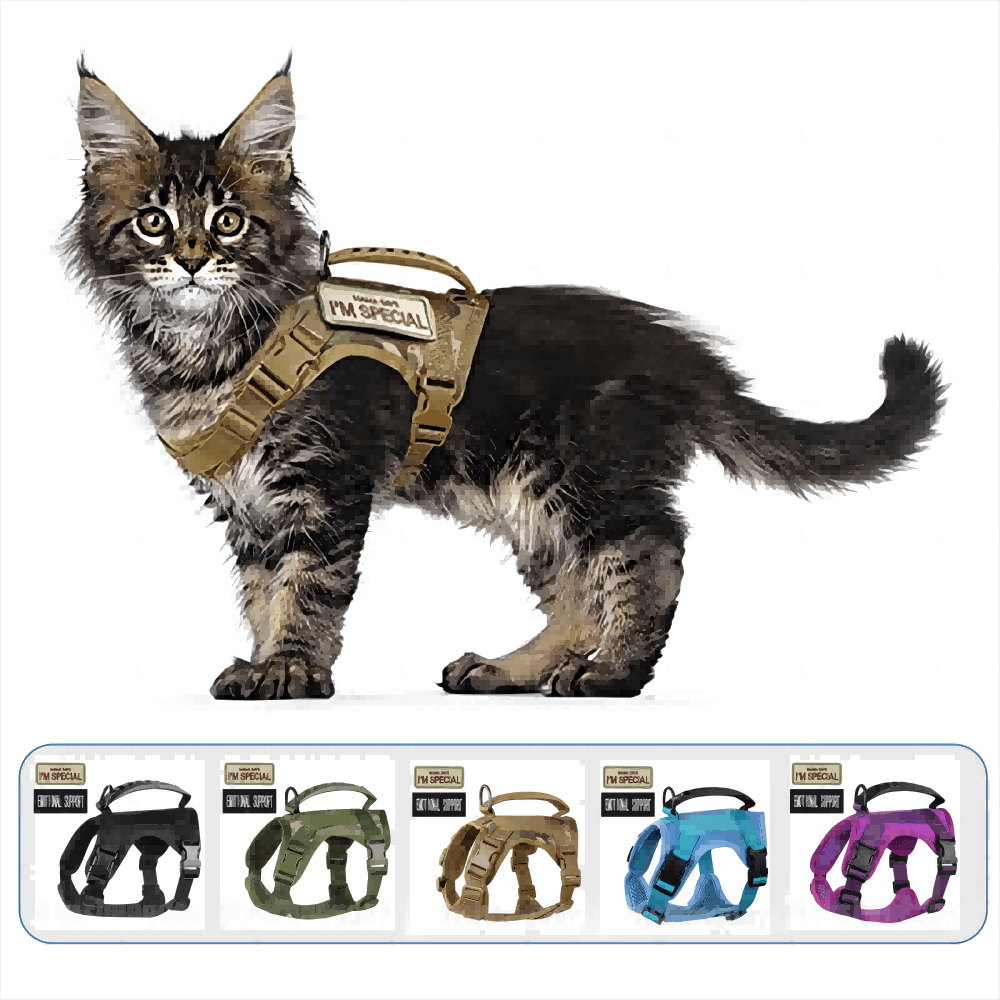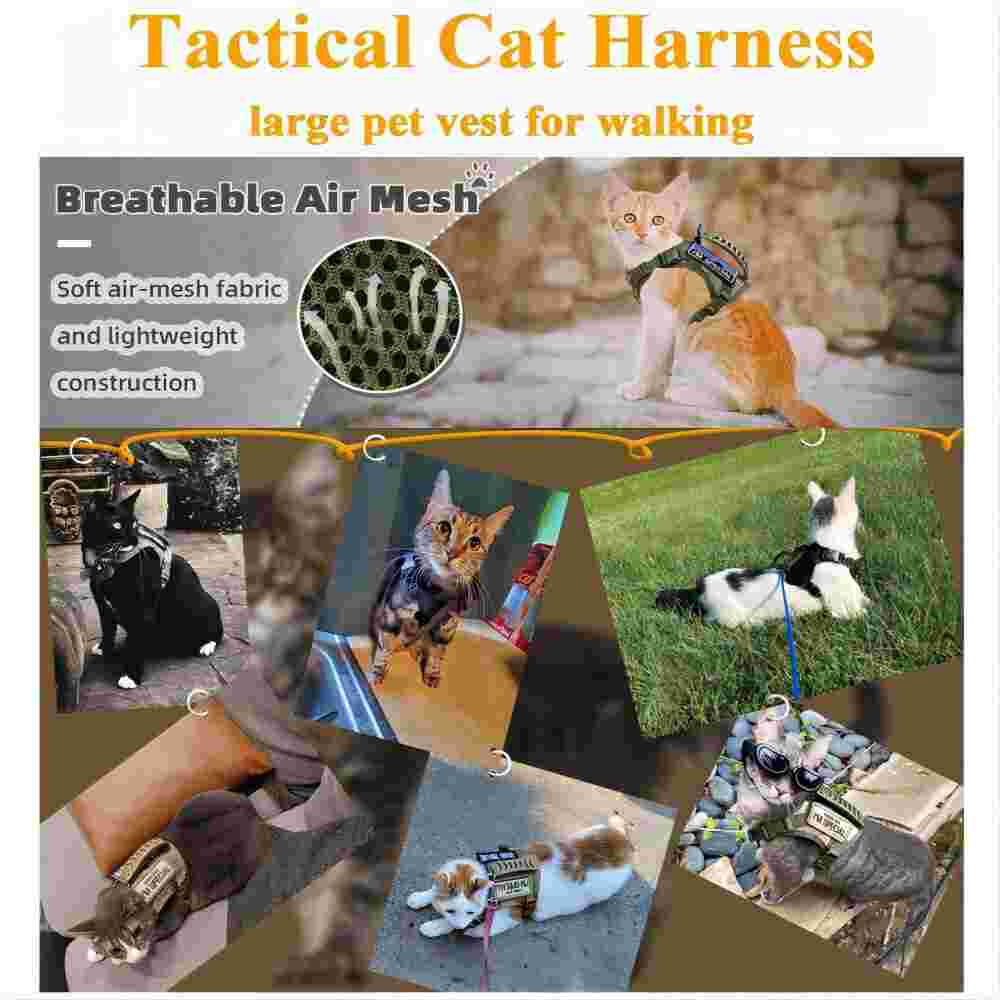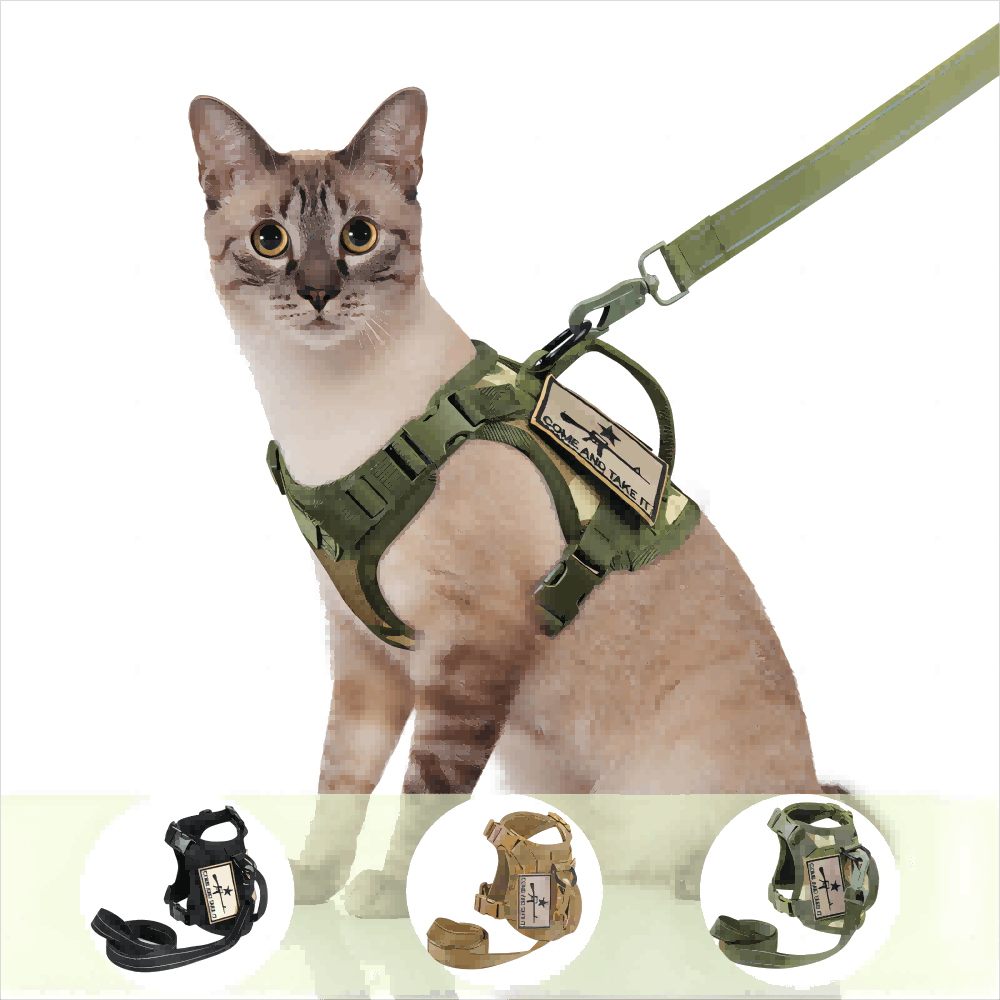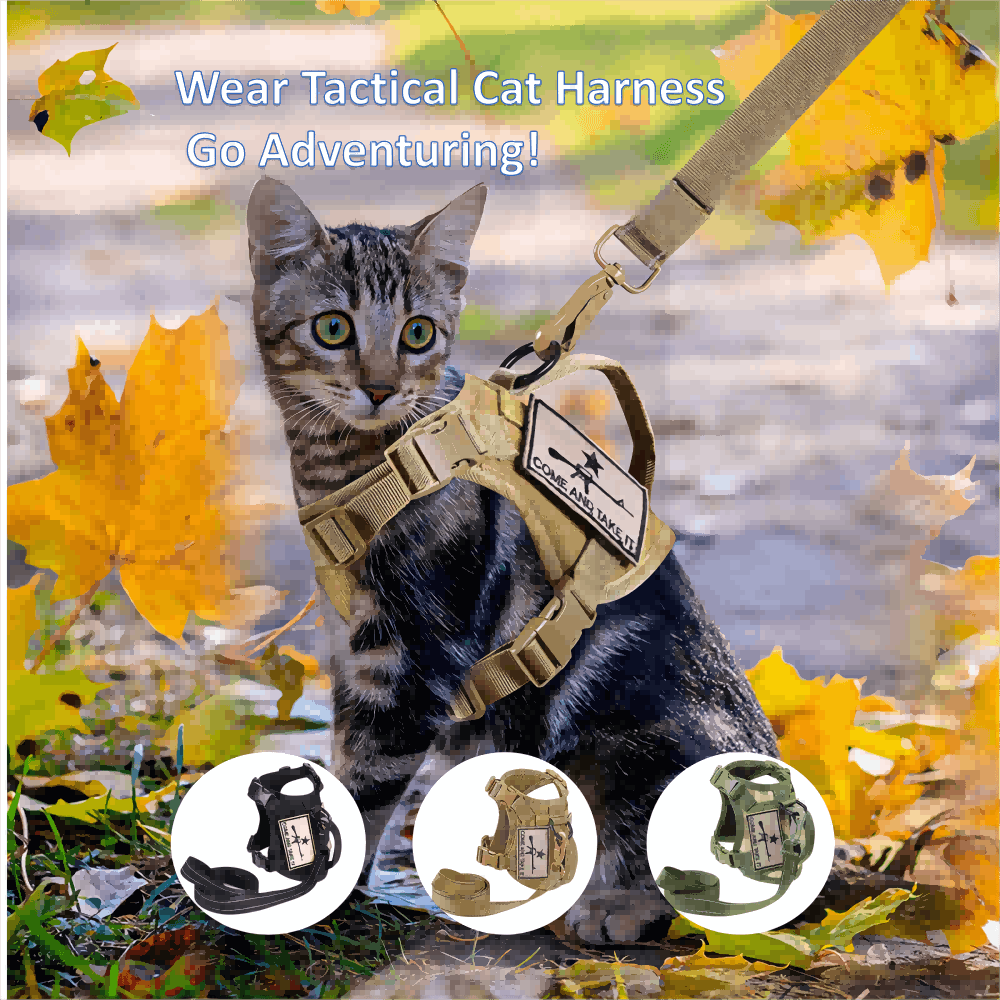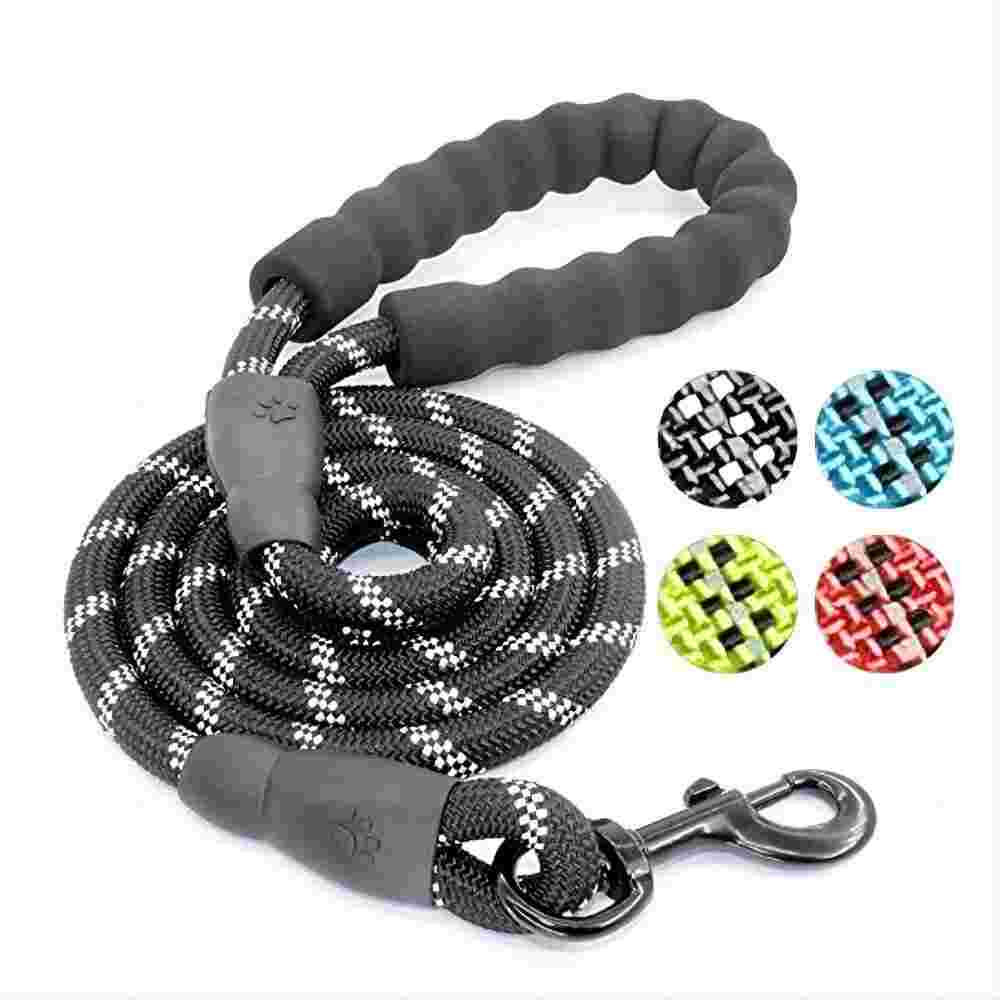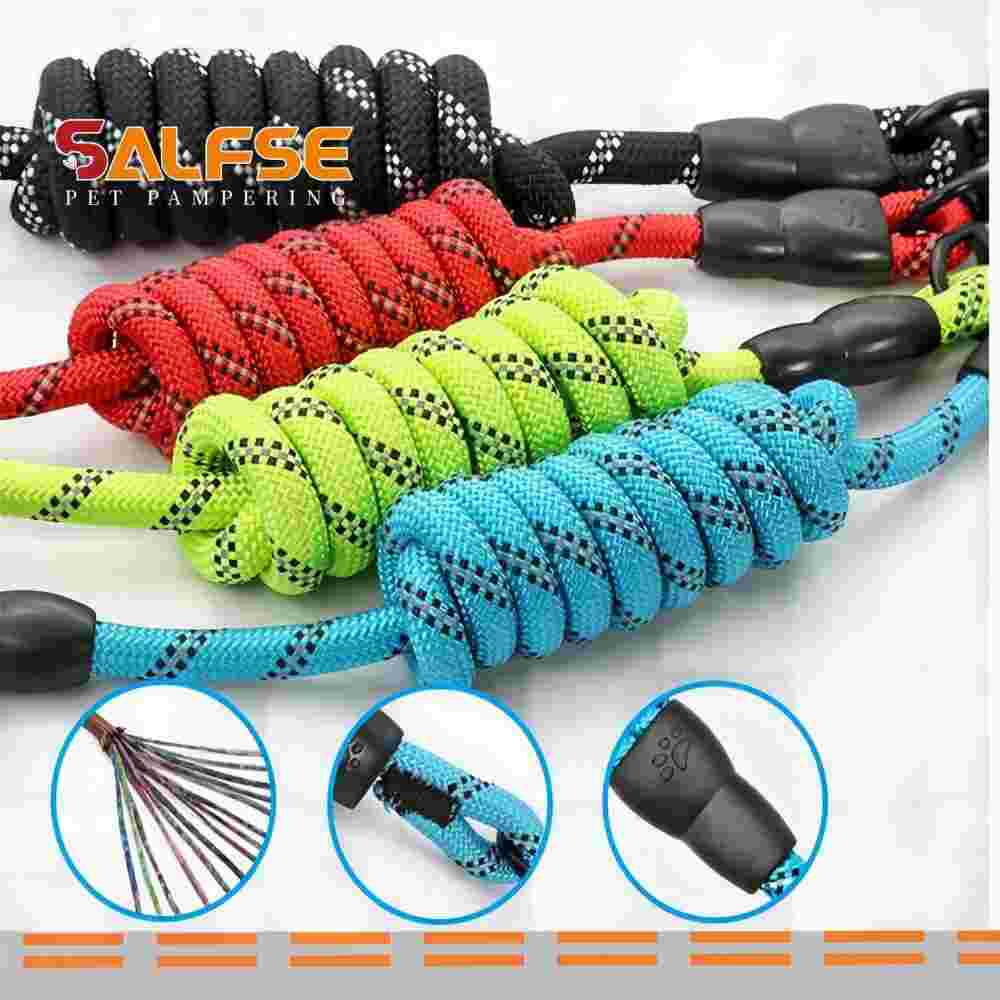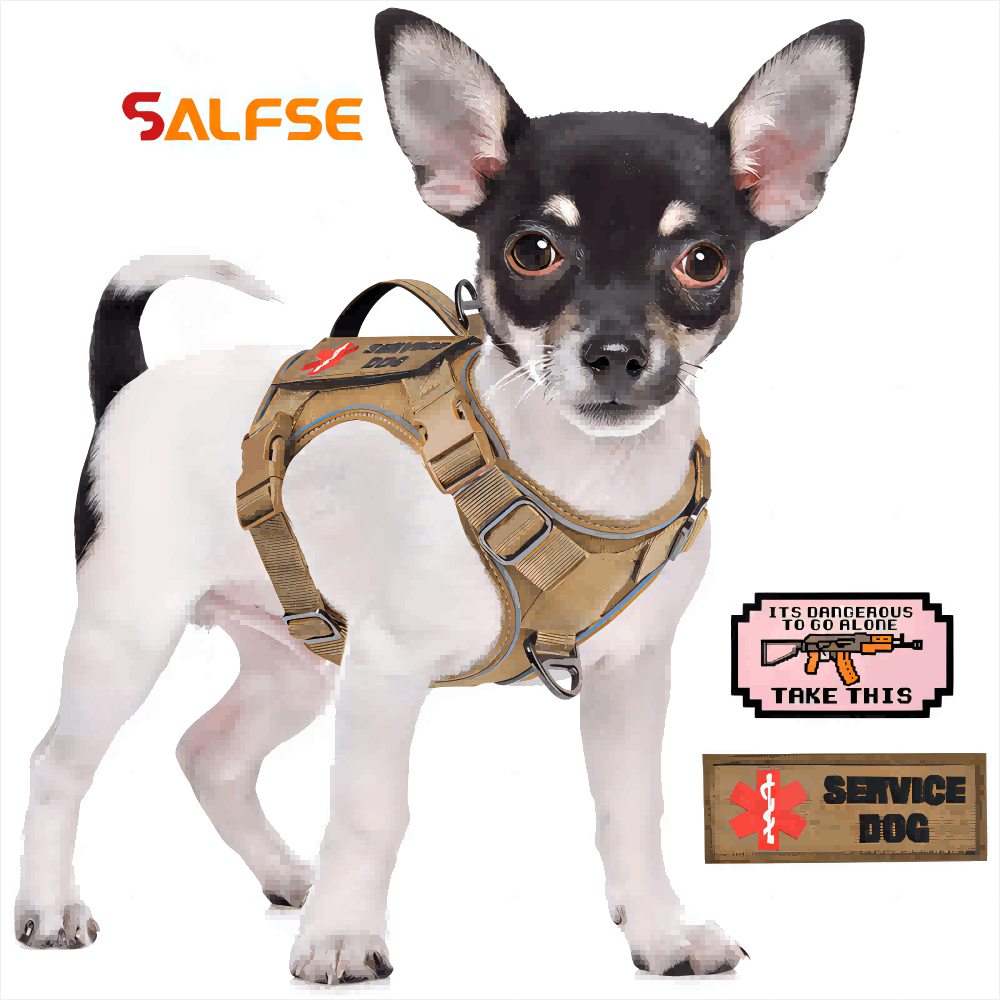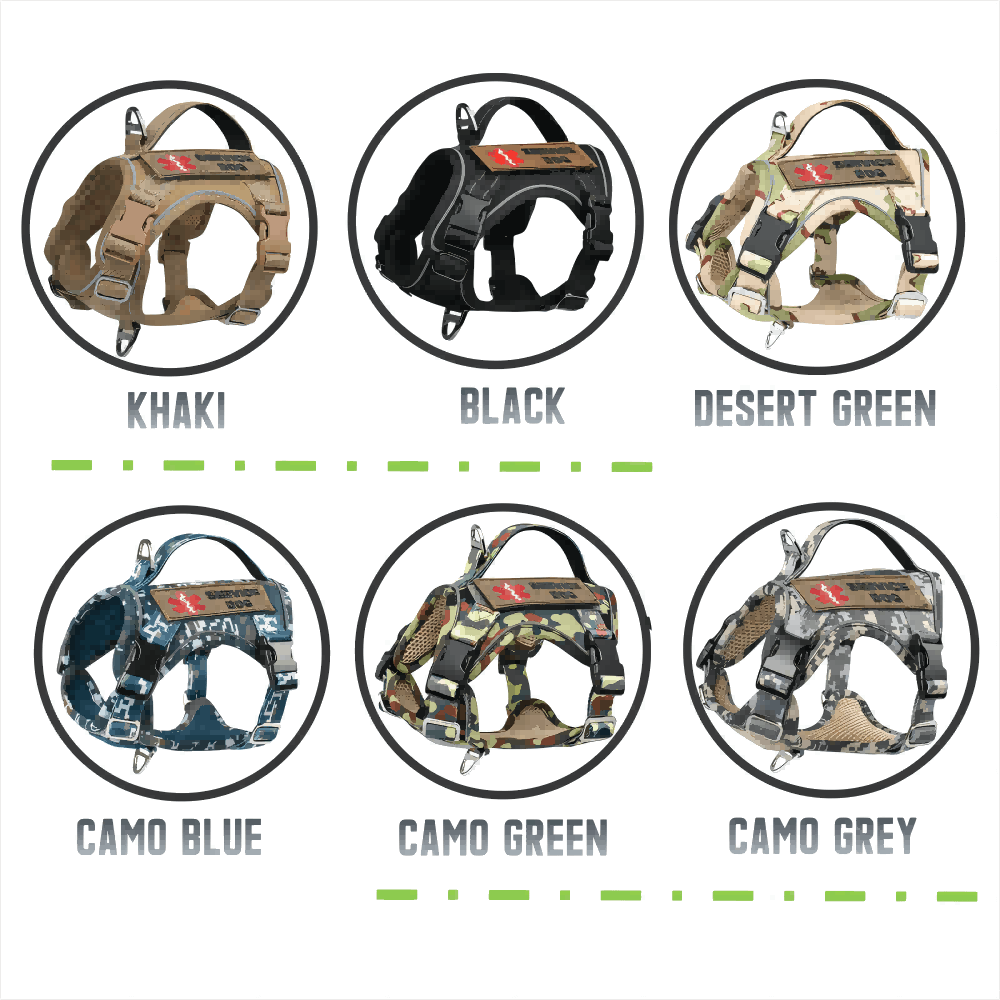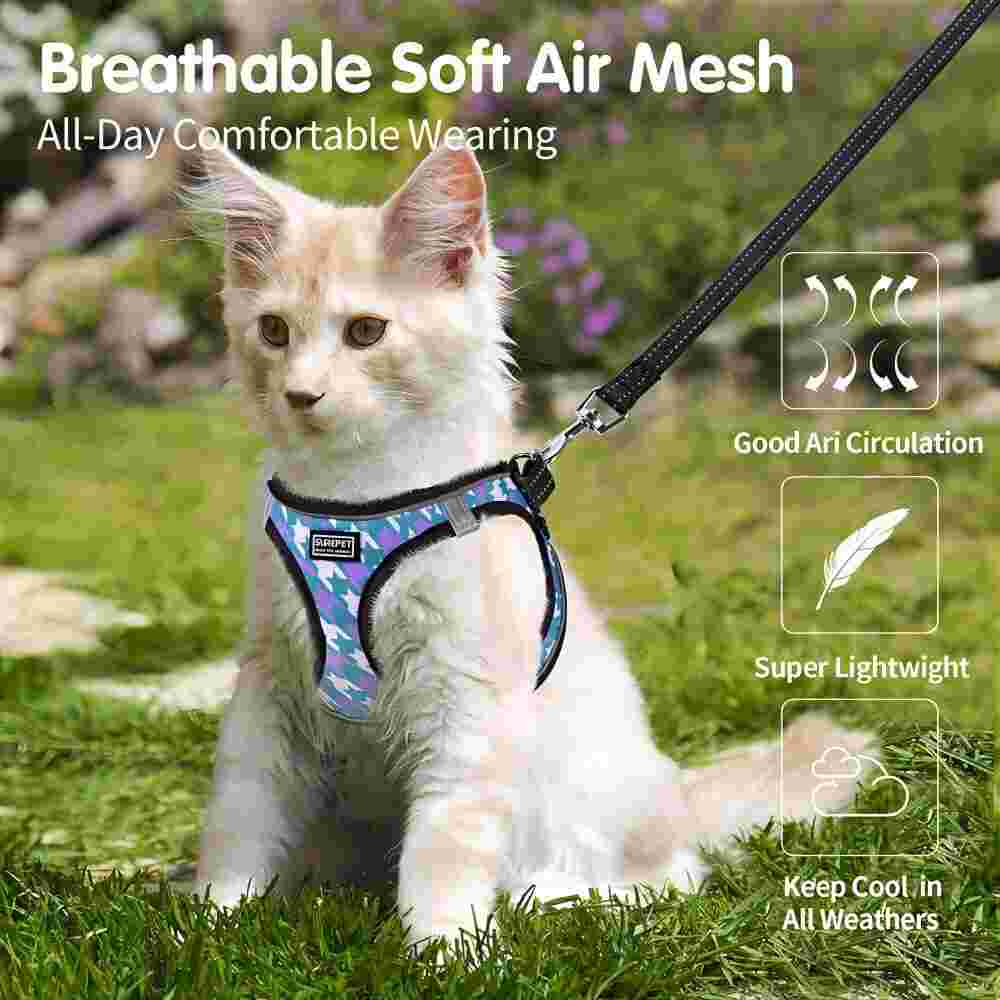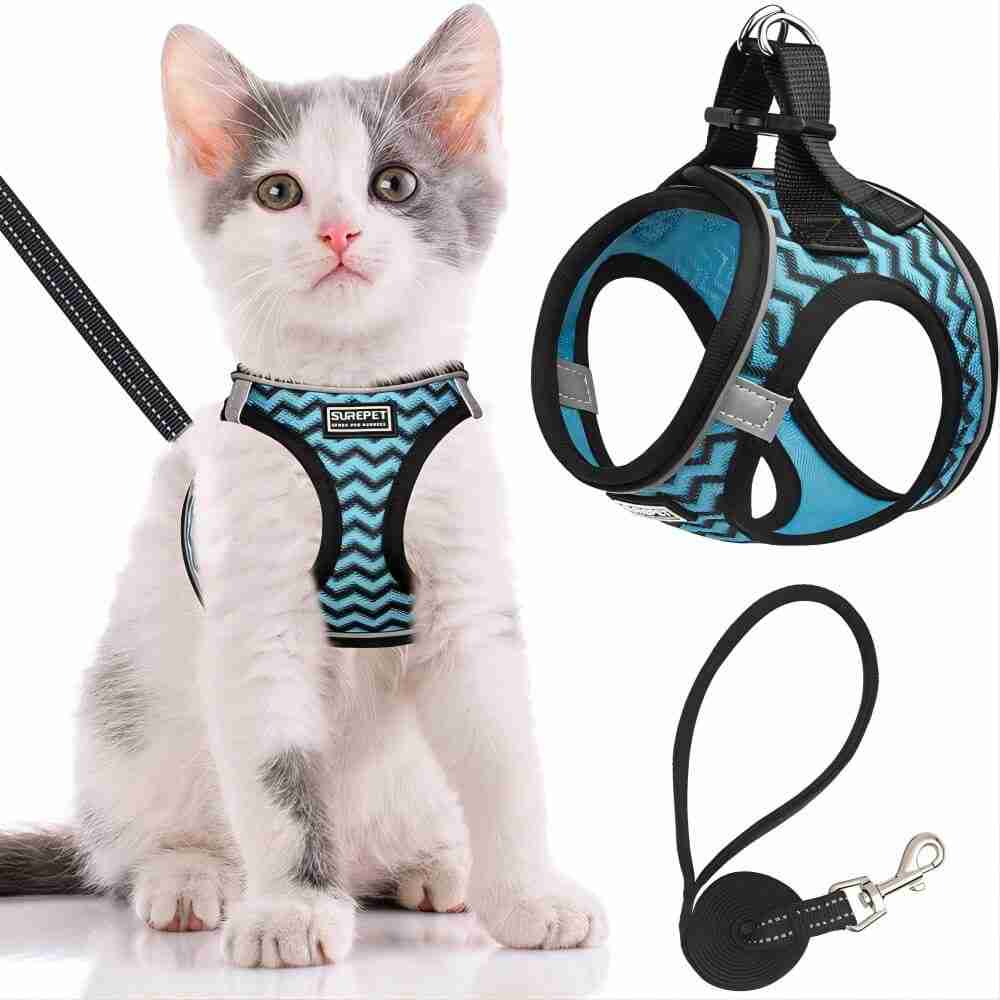1.Confirm suitability: Before starting the “jump!” training, first determine whether the dog is suitable for this kind of strenuous exercise. Smaller, weaker dogs like Chihuahuas and Pomeranians may not be suitable for jump training, while dogs with strong bodies and muscular legs, like Boston terriers, are better suited.
2.Step by step training: Even if the dog is naturally good at jumping, it needs to be trained step by step. Choose a low obstacle at the beginning, take the dog to cross it together, and at the same time issue the “jump!” command, gradually increase the height and complexity of the obstacle.
3.Use baits and rewards: Use baits and rewards that are suitable for dogs, such as toys or treats, to motivate them to learn the “jump!”
4.Strict but fair: When dogs do not obey instructions or bypass obstacles, use a strict but fair tone to stop them, and guide them to take-off practice again.
Below we will explain in detail the specific steps of this dog training method

It is a relatively strenuous exercise for dogs. Before training dogs, we must first confirm whether our dogs are suitable for “jump!” training.
Smaller and weak dogs like Chihuahuas and Pomeranians are not suitable for jump training; dogs like Boston terriers with strong bodies and muscular legs are very suitable for this kind of jumping exercises.
If you forcefully train a dog that is not suitable for jumping, it may cause sprains, fractures and other problems due to the excess of the dog’s body load.
“Jump!” training is easy for dogs who are naturally good at jumping. But any training cannot be accomplished overnight, and the same is true for “jump!” training. Even a dog that is good at jumping will need a period of training to achieve the effect of obeying instructions.

1.First, select an obstacle that is not very high, and the owner and the dog will cross it together. At the same time, the owner will give the command “Jump!”, because the obstacle is relatively low and can be easily crossed.
2.Then, order the dog to stand on one side of the obstacle, and stand on the other side of the obstacle, and then call the dog to “come over”. When the dog is ready to jump over the obstacle, the owner sends out “jump”. !” command, so repeated several times, the dog has learned the “jump!” training. Of course, every time the dog jumps successfully, don’t forget to reward the dog in time for its success.
3.Then slowly increase the height of the obstacle. When the obstacle is too high for the dog to jump over, the dog may walk around the obstacle in disobedience. At this time, the owner should use strict Resist the “no” in your tone, bring the dog back to the original place, and try to jump again.

4.In addition to the owner’s demonstration training the dog to “jump!”, you can also use the ball and food for in-situ training, and you can use whichever method the dog likes.
5.The “jump” training mode, in addition to high jump, can also be used in the form of long jump. A river ditch or a piece of wood can be a good training material. However, no matter what kind of training mode, don’t act too hastily, the key to success is to do what you can and step by step.
6.During the training process, pay special attention to the dog’s physical condition and emotional changes. If you find that your dog is uncomfortable or nervous, stop training in time and consult a professional.
(It is recommended to wear a tactical dog harness for your dog, it will look very cool)

Key points and summary
1.Suitability: Make sure your pet dog is in good physical condition for “Jump!” training to avoid physical damage caused by training.
2.Progressive training: No matter whether the dog is good at jumping or not, it needs to be gradually trained to let them gradually adapt to and understand the “jump!” command.
3.Rewards and incentives: use baits and rewards that are suitable for dogs to motivate them to actively participate in training, while being patient and fair in the training process.
4.Safety priority: When training, ensure that the venue is safe, the height of obstacles is appropriate, and pay attention to the dog’s physical condition and emotions at all times to ensure the safety of training.
5.Respect for the individual: each dog has different learning ability and adaptability, respect individual differences, and adjust the training plan according to the situation of each dog to ensure the best training effect.

When training a pet dog to “jump!”, the owner needs to be patient, careful and good at observing the dog’s reaction, and at the same time follow the principle of gradual training to ensure the safety and effectiveness of the training. Jumping training can not only increase the dog’s exercise, but also strengthen the interaction with the owner, making the dog more well-behaved and flexible. Enjoying the fun of training with pet dogs not only enhances mutual affection, but also creates a healthier and happier life for dogs.

Questions and answers about training your dog to “jump”
Q1: What are the benefits of training a dog to jump?
A: Training a dog to jump can increase the dog’s exercise volume, enhance its physique and flexibility. In addition, jumping training can also strengthen the interaction and trust between the dog and the owner, and promote the establishment and improvement of the relationship.
Q2: How to judge whether a dog is suitable for jumping training?
A: Dogs suitable for jumping training are usually strong and muscular breeds, such as Boston terriers. Dogs that are not suitable for jump training include small, delicate breeds such as Chihuahuas and Pomeranians. It is recommended to consult a veterinarian or professional trainer to ensure that the dog’s physical condition is suitable for jump training.
Q3: What safety issues may be caused by jumping training?
A: If jumping training is not performed properly, it may cause physical damage to the dog, such as sprains, fractures and other problems. Therefore, when training, pay attention to choosing a safe training site, gradually increase the height of obstacles, pay attention to the dog’s physical condition and emotional changes, and consult professionals when necessary.
Q4: How to encourage dogs to participate in jumping training?
A: You can use baits that dogs like, such as dog treats or toys, as training rewards to motivate dogs to actively participate in jumping training. Give praise and rewards in time to let the dog feel the joy of success, so that he is more willing to participate in training.
Q5: What points should be paid attention to during jumping training?
A: In the process of jumping training, you should pay attention to doing what you can, step by step, gradually increase the height and complexity of obstacles, and avoid acting too hastily. At the same time, it is necessary to respect the individual differences of dogs and adjust the training plan according to the situation of each dog to ensure the safety and effectiveness of training.
Previous section: How to train a dog to stand up? -Dog training(10)
Next section: How to train a dog to “go” and “stop”? -Dog training(12)

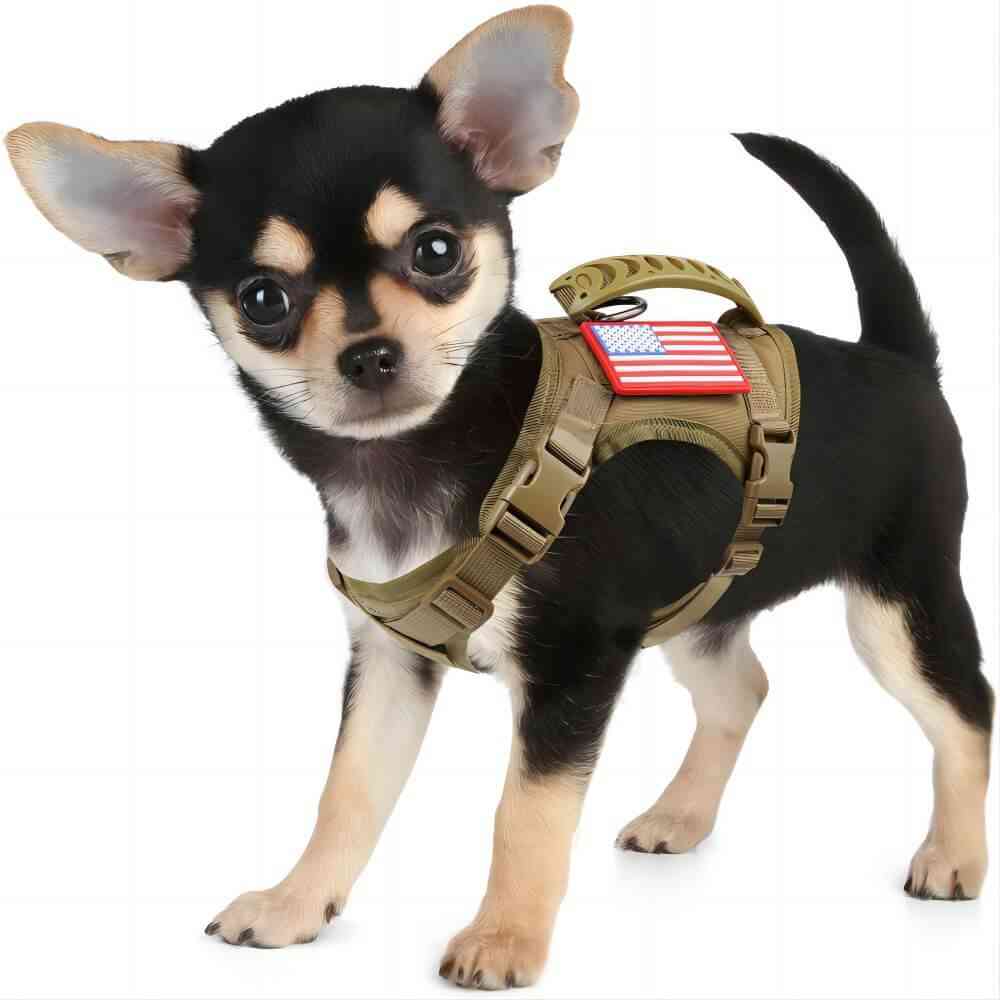

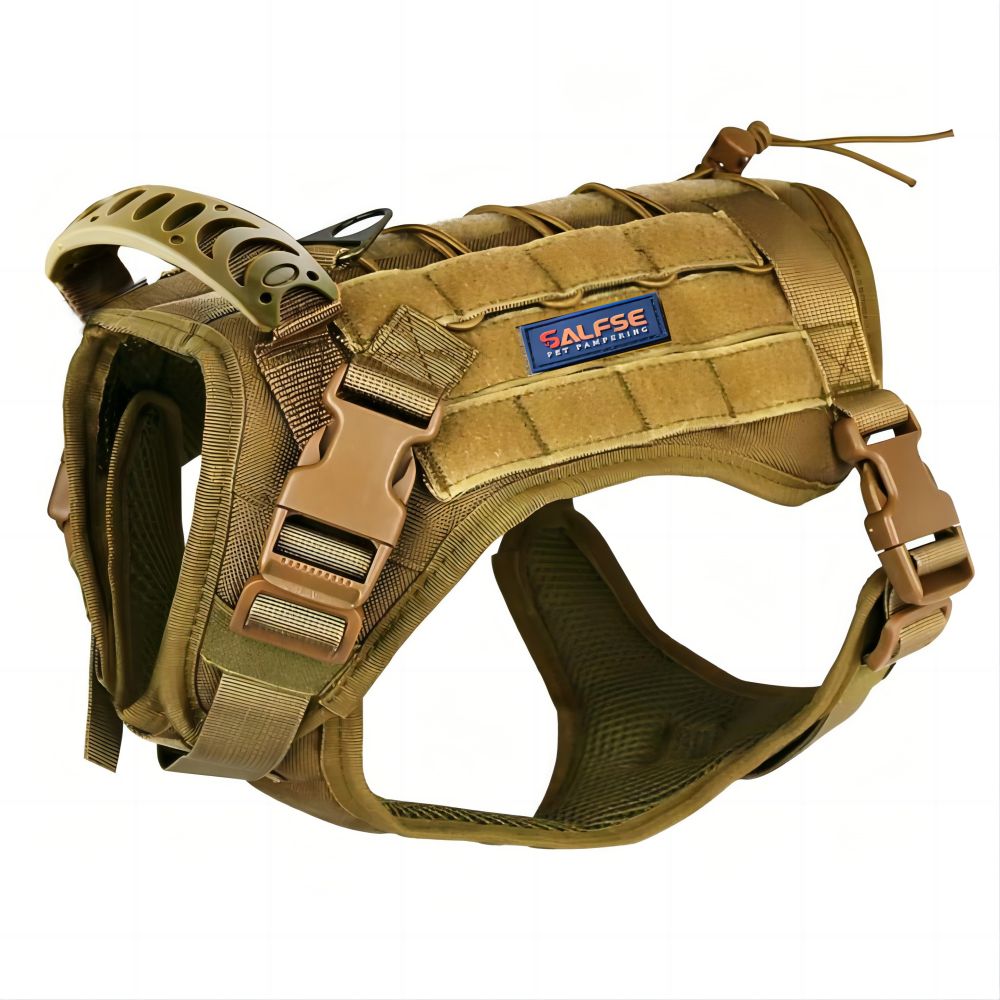
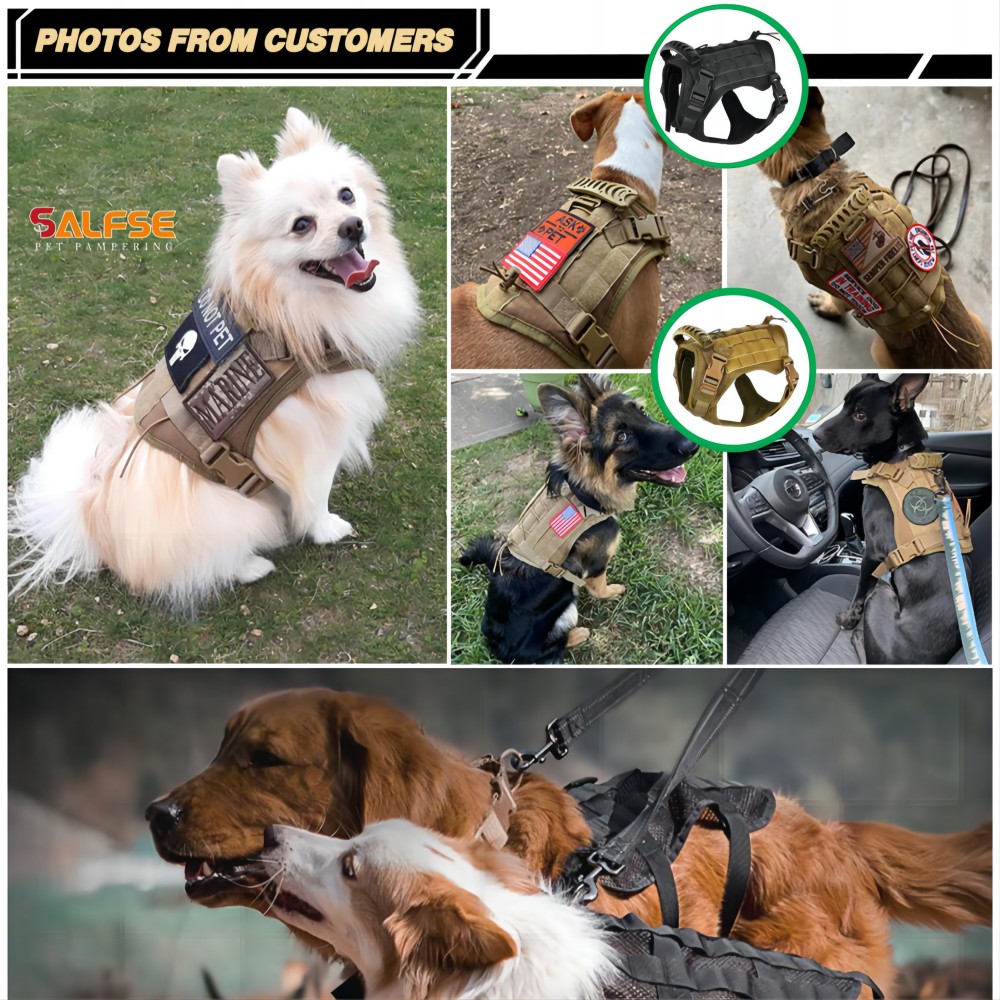
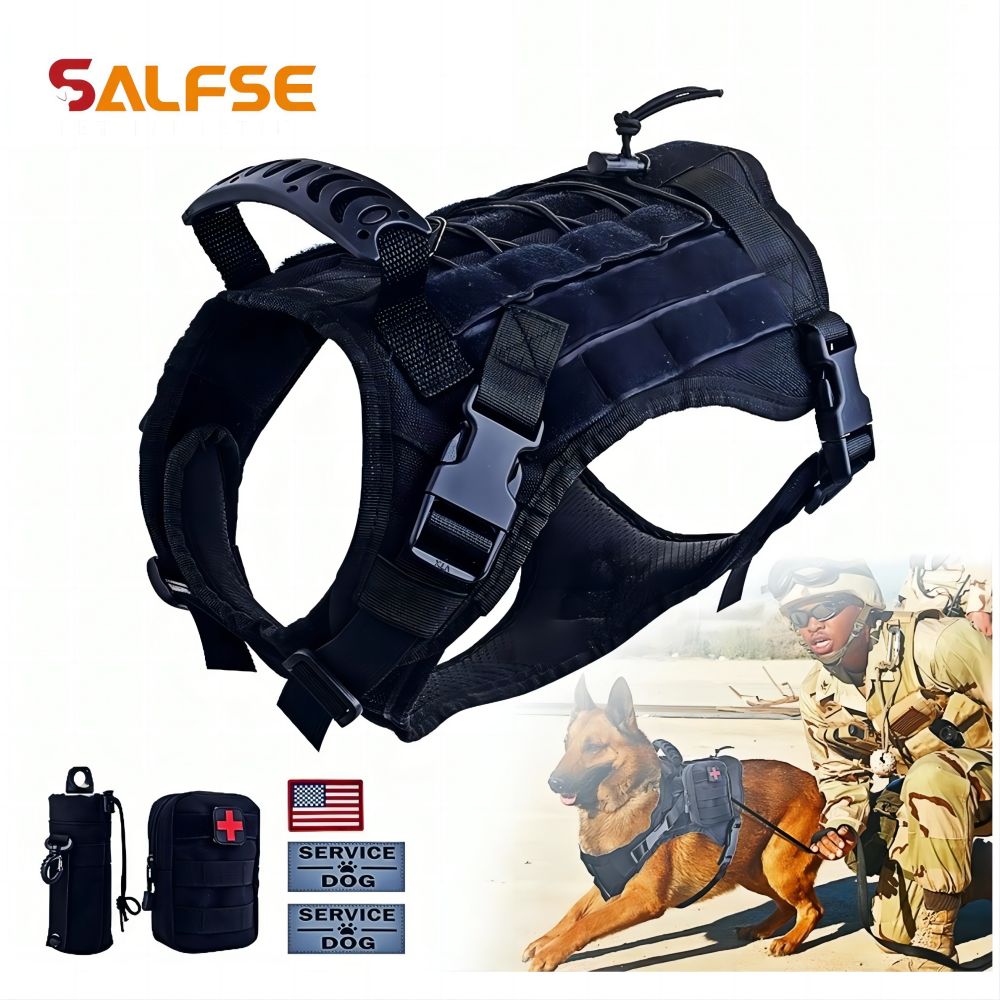
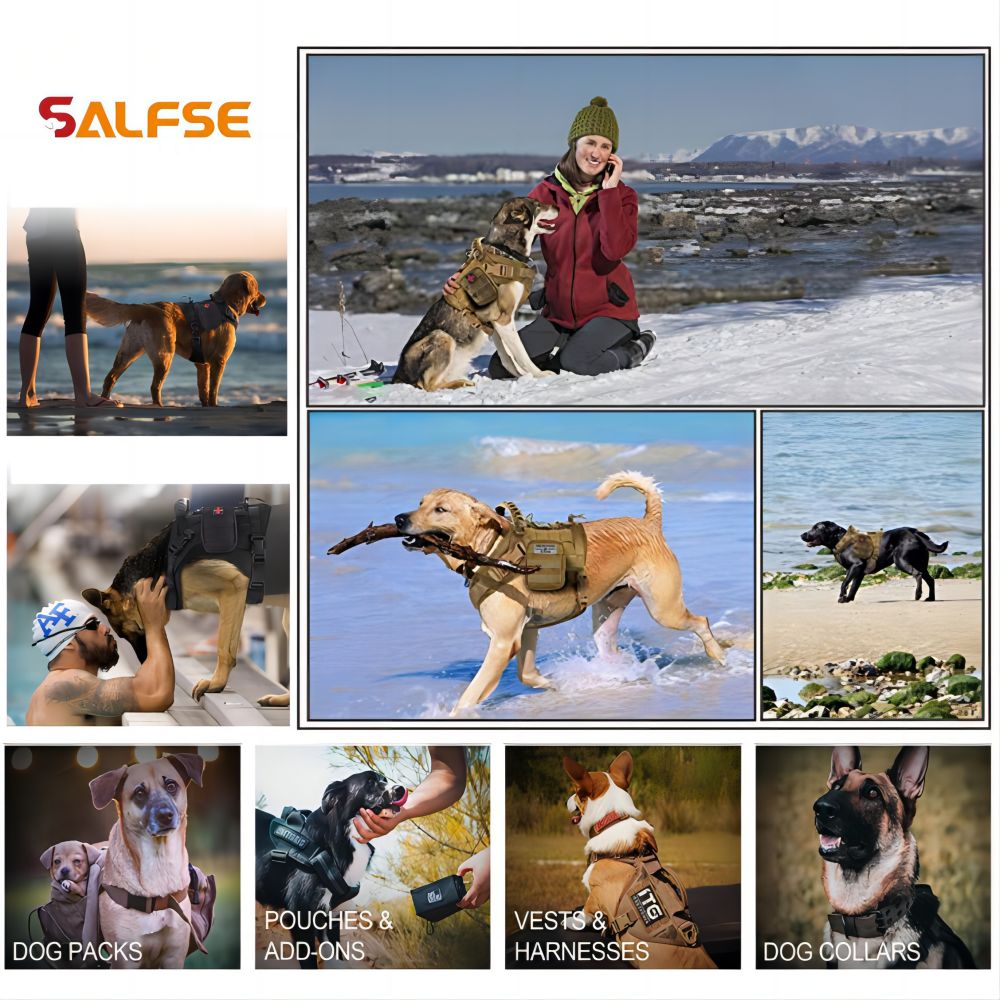
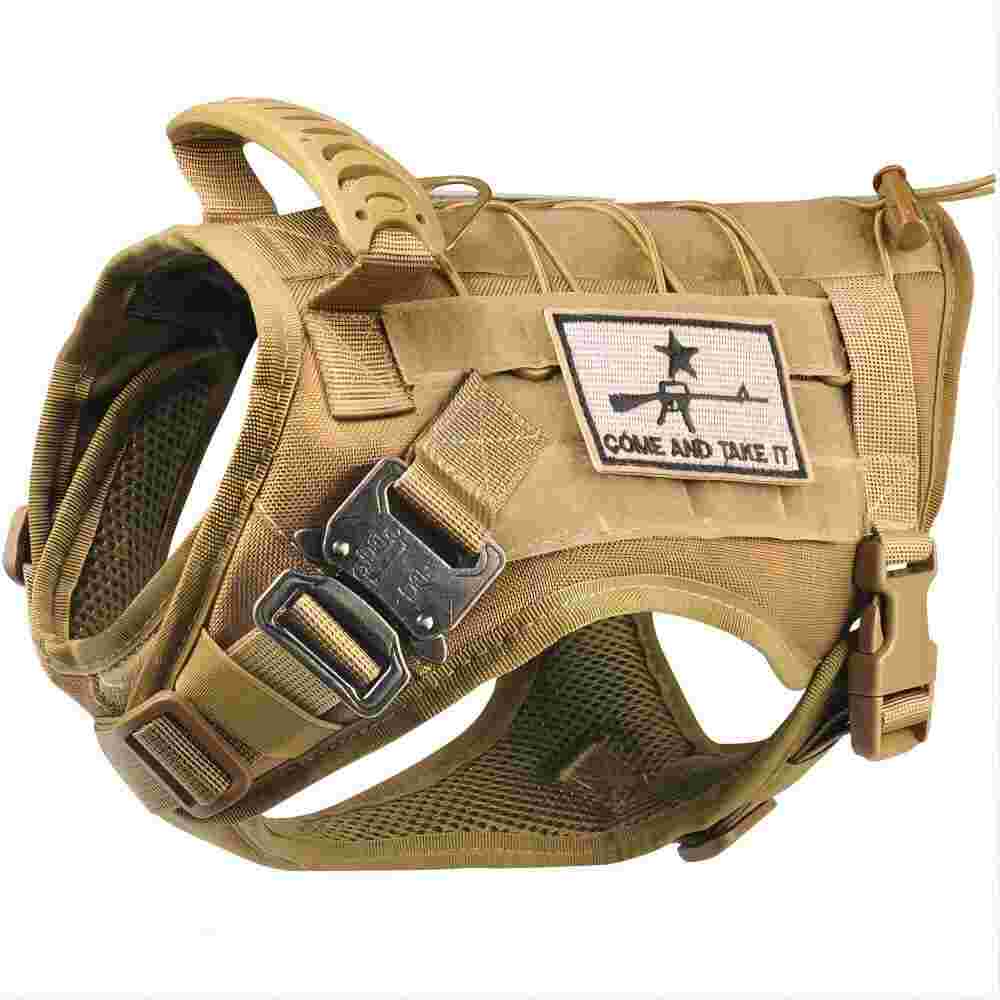
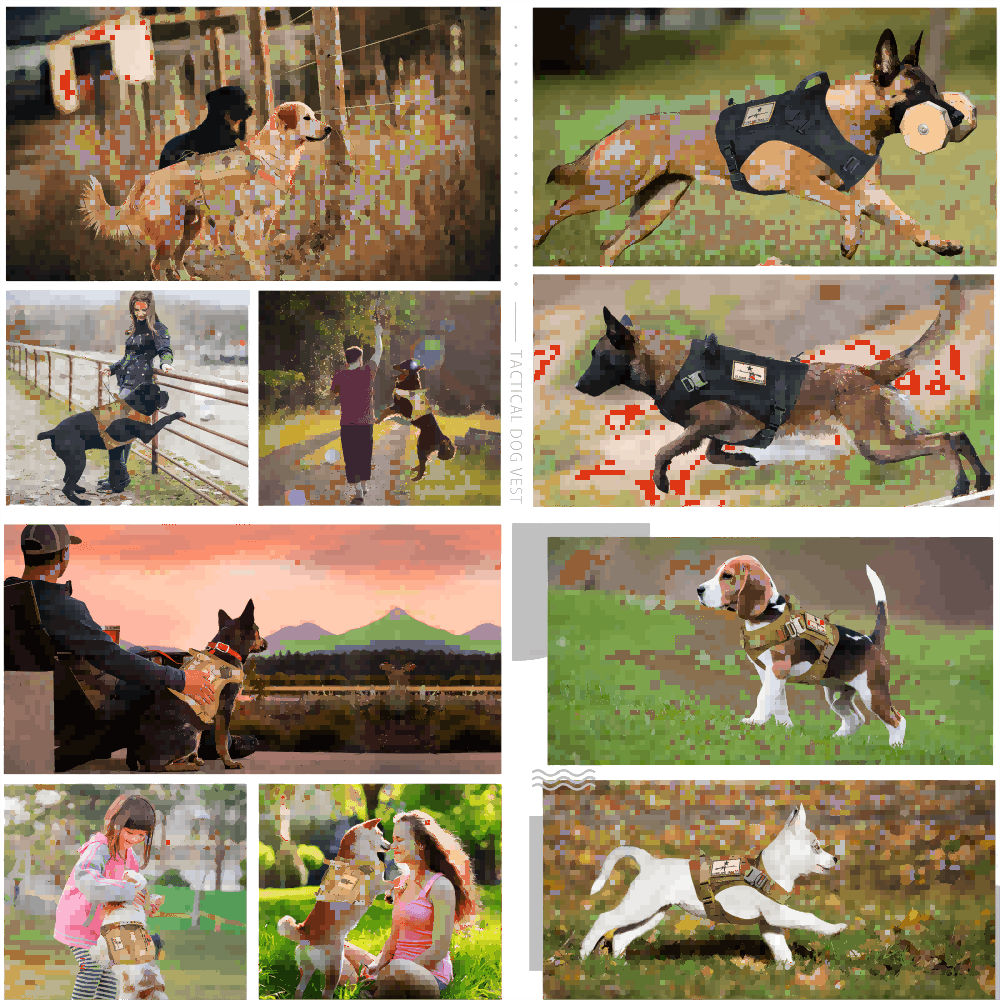
-1.png)


